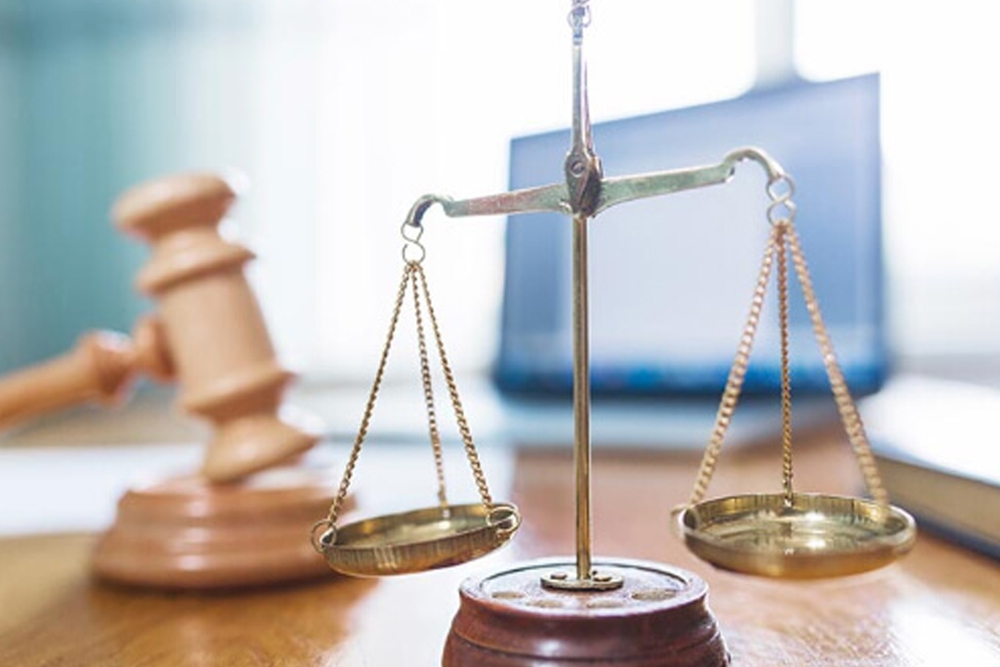Discharging Student Loans in Bankruptcy

Student loan debt is estimated at over $1 trillion according to a recent articlepublished by the New York Times. This figure is on the rise as loan interest and new debts increase the total. Current bankruptcy law provides that student loans are generally not dischargeable under any chapter of the bankruptcy code, unless the debtor can show that repayment of the loan creates an “undue hardship.” Congress has not defined what “undue hardship” means in the bankruptcy process, so federal courts have been forced to guess at the meaning and develop their own legal standards for discharging student loans.
The most common of the “undue hardship” tests for discharge is from a case decided by the Second Circuit in 1987: Brunner v. N.Y. State Higher Educ. Servs., 831 F.2d 395 (2d Cir. 1987). Other federal circuits have developed their own versions based largely on Brunner. Under the Brunner test, a debtor must show that:
1. The debtor cannot currently maintain a minimal standard of living for himself and his dependents if required to repay the loans;
2. It is likely that the debtor’s circumstances will persist for a significant portion of the repayment period; and
3. The debtor has made good faith efforts to repay the student loans.
While the first two prongs of the Brunner test are generally satisfied by the debtor’s insolvency, debtors have struggled to satisfy the third prong in the Brunner test: a good faith effort to repay.
Student loan lenders typically challenge good faith provision of the Brunner test by pointing to the availability of the Income Based Repayment Plan, or IBR. Under the IBR, a borrower who is experiencing trouble repaying a student loan can pay 15% of total income during the period of hardship. If the hardship persists, the entire loan is forgiven after 25 years (or 10 years for public service employees). Many bankruptcy courts have agreed with this argument against bankruptcy discharge, but recent appellate decisions show an opposing trend may be developing.
In Krieger v. ECMC, No. 12-3592 (7th Cir, 2013), the Seventh Circuit Court of Appeals decided that the debtor could discharge her student loans without first enrolling in IBR (although the opinion in this case states that “Krieger’s situation is hopeless” – an extremely high standard to meet for discharge!). Likewise, in the case of Roth v. ECMC, BAP No. AZ-11-1233-RnPaKi (2013), the debtor was permitted discharge without enrolling in IBR. The Ninth Circuit Bankruptcy Appellate Panel found that Roth was 64 years old, in poor health, unlikely to ever make a payment on the loans, and likely to owe a significant tax penalty when the loan would be canceled in 25 years. Consequently, her decision to not enroll in IBR was not a lack of good faith.
Obtaining a hardship discharge for student loan debt requires opening an adversarial case. An adversary case is a separate case in the bankruptcy court and the debtor must file a complaint, serve the student loan lender, engage in discovery, attend a pre-trial conference, and finally conduct a court trial. In many cases an insolvent debtor does not have the resources to fund this litigation. Case in point, a study by Jason Iuliano published in 2011 identified 69,000 student loan debtors as good candidates for a hardship discharge, but fewer than 300 attempted to discharge their loans.
The road to a hardship discharge is, well, hard. Even when a debtor successfully discharges a student loan debt in bankruptcy court, the student loan creditor will often challenge the decision on appeal. Take the recently decided case of Michael Hedlund, a graduate of Willamette Law School. Hedlund v Educational Resources Inst., No. 12-35258 (9th Cir. May 22, 2013). The 9th Circuit Court of Appeals gave Hedlund a partial discharge of his student loan debt after ten years of litigation. This case will likely be appealed to the United States Supreme Court, so the Hedlund case make take many more years to finally resolve.
If you are struggling with debt and cannot repay your student loans, speak with an experienced bankruptcy attorney and discuss your options. There are repayment programs such as the IBR and Pay as You Earn plans that can alleviate your student loan repayment burden. Your bankruptcy attorney can also evaluate your case as a candidate for hardship discharge.
